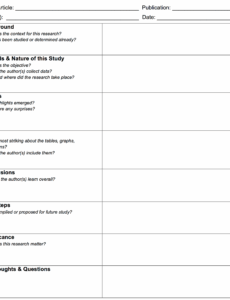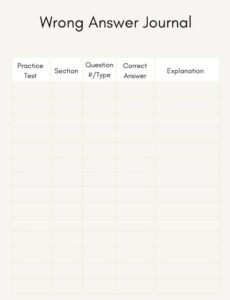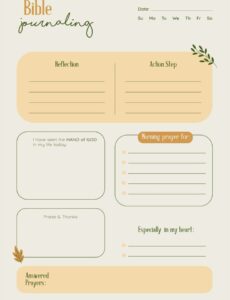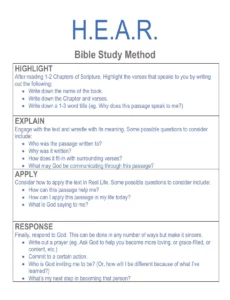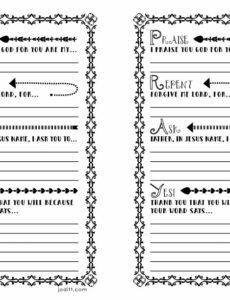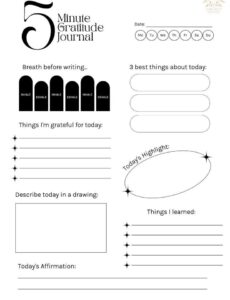Having a class pet is an incredibly enriching experience for students of all ages. Beyond the joy and companionship they bring, these furry, scaly, or feathered friends offer a unique opportunity for hands-on learning, fostering responsibility, and building a sense of community within the classroom. They become a central point of shared experience, sparking conversations, curiosity, and often, a deep emotional connection among young learners.
To truly maximize the educational potential of a class pet, integrating a structured activity like journaling can make a world of difference. A dedicated writing journal transforms the pet into a living, breathing muse, encouraging students to observe, reflect, and express themselves creatively. This simple yet powerful tool can elevate the class pet experience from just caring for an animal to a comprehensive learning adventure, significantly boosting literacy and critical thinking skills.
Why a Class Pet Journal is a Classroom Game-Changer
Incorporating a class pet writing journal into your daily routine offers a multitude of benefits that extend far beyond simple animal care. It’s a dynamic teaching resource that can seamlessly integrate into various subjects, making learning more engaging and tangible for students. Imagine the excitement as children document their pet’s antics, growth, and even their own feelings about their classroom companion. This personal connection makes abstract concepts like observation and analysis feel real and exciting.
The act of regularly writing about a class pet naturally encourages students to pay closer attention to their environment. They’ll notice subtle changes in behavior, diet, and even the pet’s mood, translating these observations into written words. This practice sharpens their descriptive language skills, helping them to articulate what they see and feel with greater precision and detail. It’s a low-pressure way to encourage daily writing, fostering a positive attitude towards literacy without it feeling like a chore.
Boosting Literacy Skills
A class pet journal serves as an excellent platform for developing a wide array of literacy skills. From early writers practicing letter formation and simple sentences to more advanced students crafting detailed narratives and scientific observations, the journal adapts to all levels. Students learn to structure their thoughts, expand their vocabulary, and improve their grammar and spelling in a meaningful context. The pet provides endless topics, ensuring that writing prompts never feel repetitive or uninspired.
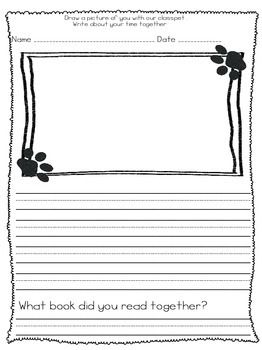
- Encourages daily writing practice.
- Expands vocabulary related to animal care and descriptions.
- Develops narrative and descriptive writing abilities.
- Improves grammar, punctuation, and sentence structure.
- Fosters a love for storytelling and creative expression.
Nurturing Empathy and Responsibility
Beyond academic gains, the journal plays a crucial role in character development. As students write about their pet, they naturally reflect on its needs, its well-being, and its place within the classroom community. This deepens their understanding of empathy, learning to consider the feelings and perspectives of another living creature. Documenting care routines, health checks, and even the pet’s personality instills a strong sense of responsibility, connecting their actions directly to the pet’s welfare.
Sparking Creativity
The class pet offers a constant source of inspiration. Students can write factual reports, imaginative stories, poems, or even create illustrations to accompany their entries. This blend of factual reporting and creative writing allows for diverse forms of expression, catering to different learning styles and strengths. The freedom to explore various genres within the same journal keeps the activity fresh and exciting, transforming a simple assignment into a personal creative outlet.
Designing Your Own Class Pet Writing Journal Template
Creating an effective class pet writing journal template doesn’t have to be complicated. The best templates are those that are adaptable, engaging, and encourage consistent interaction from students. Start by considering the age group of your students and what types of prompts will best suit their developmental stage and your learning objectives. A good template provides structure while still allowing ample room for individual creativity and spontaneous thoughts.
You can begin with simple prompts for younger children, such as “What did our pet do today?” or “Draw a picture of our pet eating.” For older students, encourage more detailed observations, reflections on the pet’s behavior, or even research questions. Remember that the journal should be an inviting space, so consider its physical format as well. A sturdy notebook, perhaps with a decorative cover or space for student-drawn illustrations, can make it feel more special and personal.
The beauty of a custom class pet writing journal template is that you can tailor it to your specific pet and classroom culture. Think about including sections for daily observations, weekly summaries, “fun facts” discovered about the pet, and even a “question of the week” related to animal care or biology. This multi-faceted approach ensures that the journal remains a rich educational resource throughout the school year, evolving as the students and pet do.
Here are some elements you might consider including in your class pet writing journal template:
- **Daily Log:** Space for date, time, and simple observations about the pet’s activities or mood.
- **”I Wonder…” Section:** Encourages students to ask questions about the pet or its species.
- **Pet Portrait Page:** A dedicated space for drawings or creative depictions of the pet.
- **Caretaker’s Corner:** Prompts about what was done to care for the pet (feeding, cleaning, playing).
- **Story Starter:** A prompt like “If our pet could talk, it would say…” to spark imaginative writing.
- **Favorite Moment:** A space to describe a memorable interaction or observation with the pet.
Implementing a class pet writing journal can profoundly enrich the classroom experience, turning a beloved animal into a powerful catalyst for learning and personal growth. It provides a unique lens through which students can explore the world around them, develop crucial academic skills, and deepen their understanding of empathy and responsibility. This simple yet effective tool fosters a lifelong love for learning, observation, and creative expression, all while celebrating the special bond with their classroom companion.
By offering a consistent space for reflection and discovery, these journals become cherished keepsakes, documenting a year of shared experiences and learning. They not only capture the daily life of a classroom pet but also reflect the individual growth and collective memories created by students throughout the school year, leaving a lasting impact long after the last page is filled.
